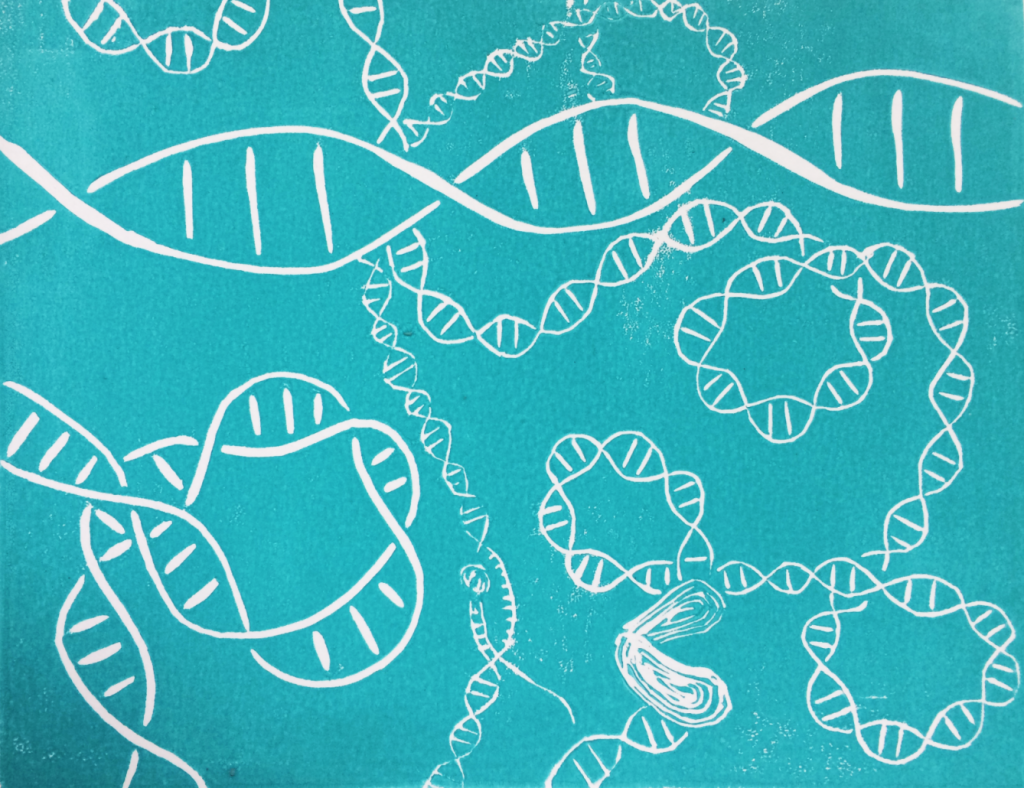
Chromosome breaks can have bad consequences, including cancer and developmental disorders, yet many organisms, including humans, actively induce chromosome breakage. They do this because the genetic recombination triggered by chromosome breaks increases genomic diversity, purges deleterious mutations, and supports fertility. In contrast to accidental DNA damage, such as developmentally induced chromosome breaks are generally not associated with high mutation rates or genomic instability.
We focus on two forms of developmentally induced chromosome breakage: (1) the massive DNA breakage that happens at the onset of meiotic recombination, which involves hundreds of DNA breaks, and (2) the built-in breakage of repetitive gene arrays, most notably the ribosomal RNA genes, which even in healthy human families undergo gene-copy number changes from one generation to the next.
Our reseach aims to determine the machinery that controls programmed chromosome breakage and to define the surveillance mechanisms and molecular safetybelts that make developmental chromosome breakage a safe process. We also investigate modes of DNA repair and study the evolutionary functions of this break-induced genomic plasticity.
We use a wide variety of techniques, including molecular biology, genetics, genomics, and imaging to address these questions. As both meiotic recombination and ribosomal DNA instability are conserved throughout eukaryotes, we perform much of our mechanistic work in budding yeast (Saccharomyces cerevisiae), which has allowed us to make major inroads in our understanding of these questions. Analysis of ribosomal DNA is also performed on human DNA. Our findings have had important impact on our understanding of birth defects, such as Down syndrome, and diseases associated with repeat instability, such as muscular dystrophies and ribosomopathies. In addition, we also apply our knowledge of meiotic genome instability in dog and cat cells with the aim of developing a single-dose chemical contraceptive for pet population control.